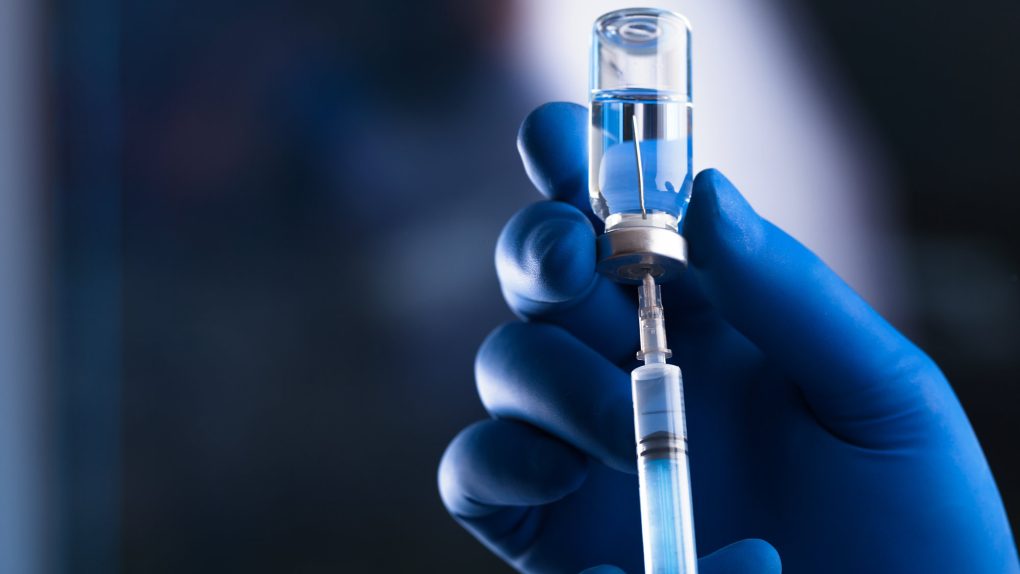- We’re apparently getting close to the point when the first doses of a coronavirus vaccine will be ready to start being administered in the US.
- That’s according to reporting making clear that the CDC has quietly alerted health officials in all 50 states to be ready to start administering a vaccine as soon as the days prior to the November presidential election.
- Here’s some of what we know so far about how a coronavirus vaccine will actually be distributed.
As much as all of us are waiting and praying for the swift arrival of a coronavirus vaccine — since most experts assure us we can’t even begin to start putting the pieces of our normal lives back together until one finally arrives — there’s still so much that has to happen, and so much that needs to go right, before we even get to that point. The development of a vaccine to fight COVID-19 has been fast-tracked thanks to the work of scientists and researchers around the world over the last several months, such that there are now dozens of vaccine candidates that are gradually getting closer to the process’ finish line — to the point that the CDC has been urging health officials in all 50 states to get prepared to have a vaccine to distribute as soon as the days prior to the November presidential election.
Leaving aside how dicey it might look to some people that a process which normally takes years has been compressed to the point that it looks to arrive as the ultimate “October surprise,” the effort to actually get the requisite doses of a vaccine into the hands of the health professionals who will administer it to the public has been described as “mind-bogglingly complex.” And we’re starting to get a clearer picture now of just how the process of actually administering a coronavirus vaccine will unfold.
First, some good (albeit unsurprising) news: The CDC, which has overseen the distribution of vaccines in the US for decades, is overseeing this process, as well. “We’re happy to see CDC front and center,” Dr. Kelly Moore, associate director of immunization education with the Immunization Action Coalition, recently told USA Today. “They’re the right organization to be leading this.”
As far as how much individuals will pay, the US government is buying the vaccine that will be made available in the first phases of distribution, and, accordingly, no one will be charged for the vaccination itself. What’s still not entirely clear as of the time of this writing in early September is whether clinics will be allowed to charge some kind of administrative fee to anyone receiving a COVID-19 vaccination there — and, if so, whether and how insurance plans might be reimbursed.
Other key points to know:
- There will be a limited supply of the coronavirus vaccine early on, and details that have trickled out about the CDC’s planning suggests two things — much more of the vaccine will be available starting in January. And health care workers and people in high-risk categories will all but certainly be prioritized to get the vaccine first.
- Sites like pharmacies, hospitals, and clinics that plan to administer the coronavirus vaccine will need to enroll in the US COVID-19 vaccination program, which includes proving they have the space, resources, and trained staff to get the vaccinations done.
- More than likely, the vaccine that most of us in the US end up getting will require two doses given either 21 or 28 days apart. Also, after receiving your vaccination, CDC documentation shows that the plan is for you to be given a coronavirus vaccine record card which will include information like what vaccine you got, when it was administered, and when you should get your next shot.








